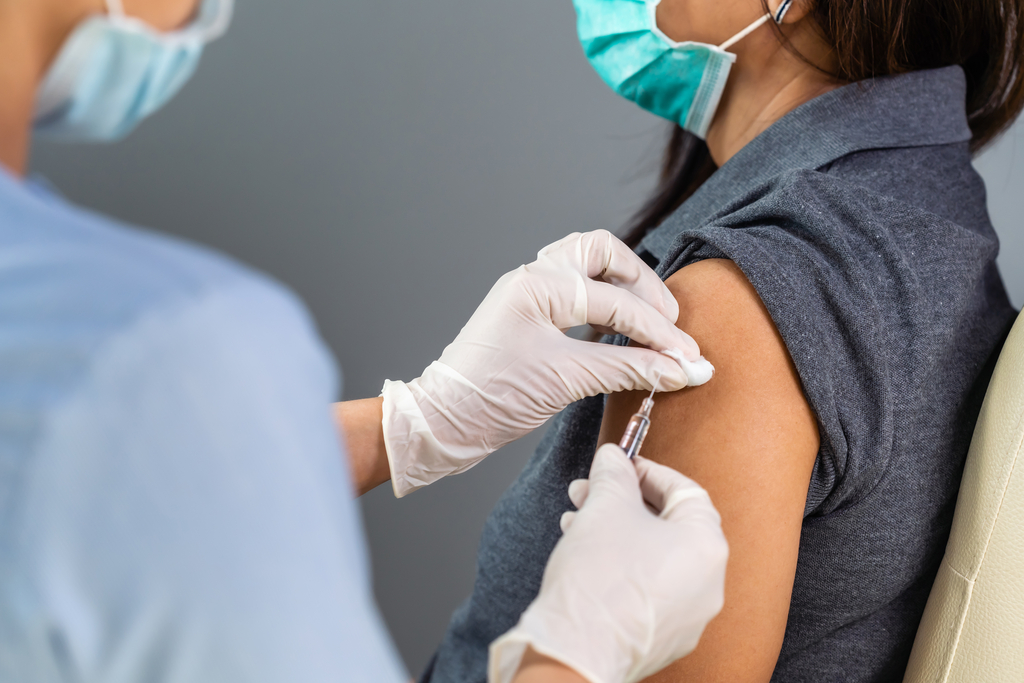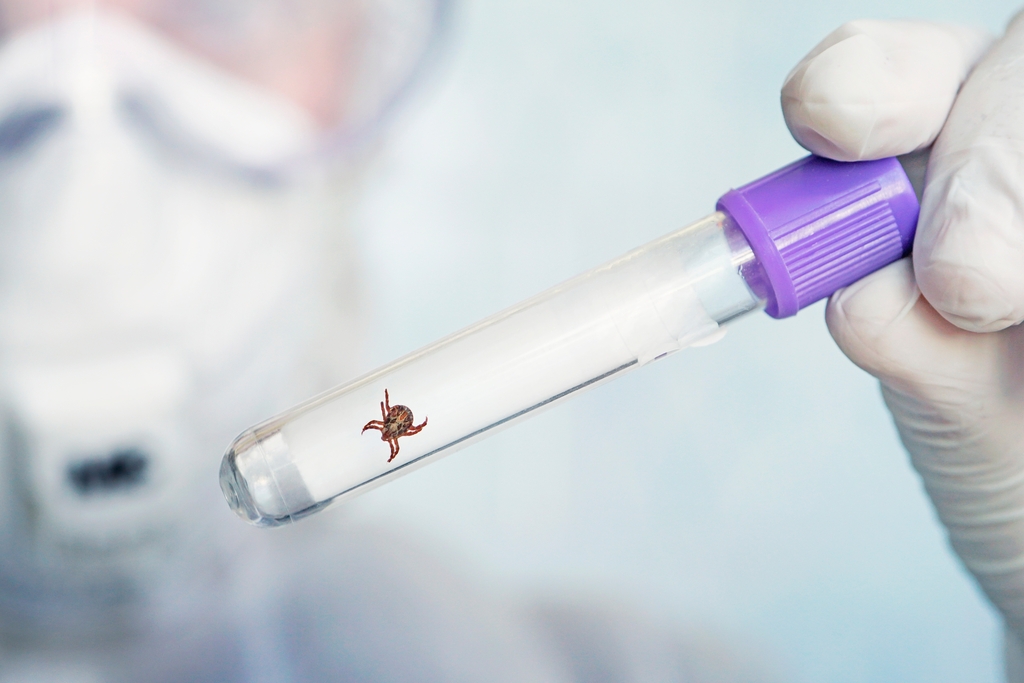Lyme Vaccines and Therapeutics
Lyme disease is one of the most common vector-borne illnesses in the United States, and as such, has garnered a lot of attention for not having a vaccine available for prevention.
It might surprise you to know that while currently there is no human vaccine for Lyme disease, there actually used to be.
LYMErix was a vaccine manufactured by GlaxoSmithKline. It was developed in the 1990s, and so far, has been the only Lyme disease vaccine approved by the FDA. It was approved in 1998, but LYMErix was voluntarily discontinued by the manufacturer in 2002 due to circumstances having nothing to do with the vaccine itself.
LYMErix was a recombinant vaccine that targeted an outer surface protein (OspA) from the Borrelia burgdorferi bacterium, the pathogen that causes Lyme disease.
The vaccine proved effective in animal models and human volunteers. Vaccinated individuals showed a 76% reduction in Lyme disease in the year following vaccination. The vaccine was effective against the predominant North American Borrelia burgdorferi strain. 3 doses of the vaccine were administered, with the second dose given 1 month after the initial dose and the third dose 12 months later to achieve full protection.
The Lyme disease vaccine was considered for use in individuals between 15- and 70-years old living or working in areas with high rates of Lyme disease. People with very little exposure to areas with heavy tick infestations were not recommended to receive the vaccine. The fact that it was an ‘opt-in’ vaccine for specific geographies meant that there was limited public-facing information about this very effective vaccine.
During clinical trials, 6478 people received a total of 18,047 doses of the vaccine. The most common adverse events noted within 30 days of receiving at least one dose of the vaccine included pain or reaction at the injection site, joint pain, muscle pain, and headache, very typical to what is expected with most vaccinations. It is important to note that of these adverse events, only pain and reaction at the injection site occurred much more frequently in the vaccine recipients than in those who received a placebo.


During the late 1990s, anti-vaccine sentiment was prominent, because of Andrew Wakefield’s false claims regarding the MMR vaccine and autism. As a result, all vaccines were under scrutiny during this period. On VAERS, arthritis was being reported by individuals that had received LYMErix. This caused a big media burst, and the spread of the news on how the vaccine was not safe (not unlike what we have observed during COVID-19 vaccine rollouts). The company tried to recruit vaccinated people for a long-term trial/post-licensure vaccine safety and efficacy case-control study, but the numbers of participants were low, so that it was hard to get a significant sample number. With the spread of fake information on the vaccines, lawsuits started to happen. Again, remember that anyone can file a lawsuit – it is not scientific evidence.
By 2001, ~1.4M doses of LYMErix were distributed in the United States.





Currently, it is expected that the trial will complete at the end of 2025, and the VLA15 vaccine is expected to be submitted for full FDA approval in 2026, as the clinical trial recently added to the enrollment population. If approved, it will be the first Lyme disease vaccine available since the discontinuation of LYMErix in 2002.
The development of a vaccine for Lyme disease is considered a significant step due to the increasing incidence of the disease. Lyme disease is the most common vector-borne illness in the Northern Hemisphere, with approximately 476,000 cases annually in the U.S. and 129,000 in Europe estimated, based on antibiotic prescription records.


Once vaccinated, when ticks feed on the blood of these mice, they are less likely to acquire Borrelia burgdorferi and subsequently transmit those bacteria to other animals or humans. This innovative approach targets the disease at a crucial point in its transmission cycle, aiming to reduce the incidence of Lyme disease by decreasing the number of infected ticks.
Targeting a natural reservoir of a zoonotic disease is not new. For example, vaccinating prairie dogs against the bacteria Yersinia pestis, which causes the plague, has led to decreased levels of the disease and reduce risk of human infection.
A 2020 study showed a 30% reduction in the proportion of infected ticks in residential areas after two years of using the vaccine, compared to control sites. The widespread effectiveness is still under study, but early results are promising.
The vaccine currently has a conditional license, meaning it’s available on request by groups like federal and state health agencies under certain conditions. This approach to managing Lyme disease exposure remains one of many tools, as researchers continue to explore various strategies, including controlling tick populations and developing new vaccines for humans (many of which are in various phases of clinical trial).


